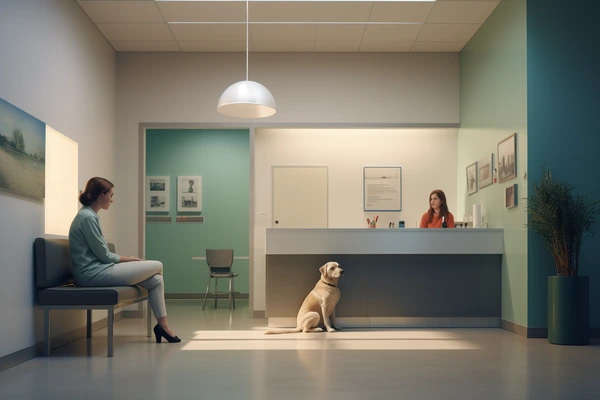
The lifetime value (LTV) of a customer is the total amount of revenue generated from that customer (ever). For example, if a pet owner moves to your local area, visits your veterinary practice 15 times spending $100 each time, and then moves away, your LTV for that customer was 15 x $100 = $1,500.
Here are 4 ways to increase your average customer LTV.
1. Sell pet medication
So long as it is legal in your local area, you should be selling pet medication directly rather than just writing prescriptions that a pet owner fills online. You should of course allow your customers the option to buy the medication elsewhere, but you should also offer the option of filling the prescription in-house (which many customers WILL take you up on).
2. Use automated email & text campaigns
Every time you intake a new customer, you should collect their email and phone number. You can then send them automated reminders whenever their pet(s) are coming up to the time when they will need a vaccine, more flea & tick medication, a check-up, or anything else. This is very simple, but many veterinarians don’t do it. Not doing this can quite literally cost your practice $10,000+ per year in lost revenue.
3. Offer subscriptions
Over 3 million pet owners in the U.S. have pet health insurance, and pet insurance for an adult dog can often be over $50 per month. That’s over $600 per year per pet. Veterinarians can directly compete with the growing pet insurance industry by offering “concierge memberships” which allow pet owners to pay monthly subscription fee that allows them to come in whenever they need. If you sell a $50 monthly subscription to a pet owner that lives in your town for 5 years, that pet owner would pay a total of 5 x 12 x $50 = $3,000 (the customer LTV). That’s more money than the average LTV for many veterinary practices. If it’s more than your average LTV, you should consider offering a concierge membership. Not all customers will take you up on the offer, but the ones that do will fatten your bottom line.
You might even consider offering multiple levels of subscription, depending on your local customer base. For example, a cheaper subscription might not include surgery or cancer treatments while a more expensive option could include one or both of those.
4. Acquire a dog training business
If you’re really ambitious about growing your veterinary business, you may want to consider buying a dog training business. Dog owners often spend $1,000 to $2,000 on training within the first year of buying a new puppy. By acquiring a dog training business, you can capture that revenue AND benefit from cross-referring pet owners between your veterinary practice and your dog training business.
If you’d like help taking your vet practice profits to the next level, send me an email through the form below.